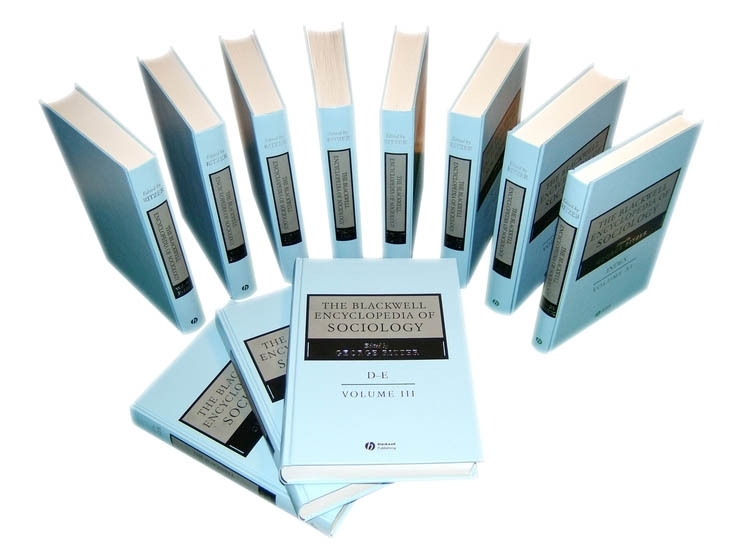Body and Society
Abstract
Over the last two decades there has been growing interest in the sociology of the body, as illustrated by the publication of The Body (Featherstone et al. 1991), The Woman in the Body (Martin 1989), Five Bodies (O'Neill 1985), The Body and Social Theory (Shilling 1993), and The Body and Society (Turner 1984). Three philosophical works were particularly important in initially stimulating sociological analysis of the human body. First, The Absent Body (Leder 1990) was critical of Cartesian dualism that separates mind and body. Employing a phenomenological perspective, Leder studied the absence of the “lived body” in everyday life, and showed how disruptions of illness bring the body into focus. Second, The Body in Pain (Scarry 1985) explored the problem of physical pain in torture and war, and demonstrated the centrality of the body to contemporary moral issues. Third, Michel Foucault's historical studies of medicine in The Birth of the Clinic (1973) and sexuality in The History of Sexuality (1978) generated interest in the interaction between the body, medical practice, and systems of belief. Foucault opened up new ways of thinking about how bodies are imagined, constructed, and represented. Georges Canguilhem's important work on The Normal and the Pathological (1994) influenced Foucault's approach to the history of systems of thought, including our knowledge of the human body. Foucault has remained central to research on power and the body as a representation of society. For example, Thomas Laqueur's Making Sex (1990) demonstrated major historical changes in the anatomical representation of the sexual organs, reflecting different theories of gender. This general interest in the sociology of the body has seeped into medical sociology by suggesting innovative theoretical frameworks and new topics of empirical inquiry (Turner 2004).



